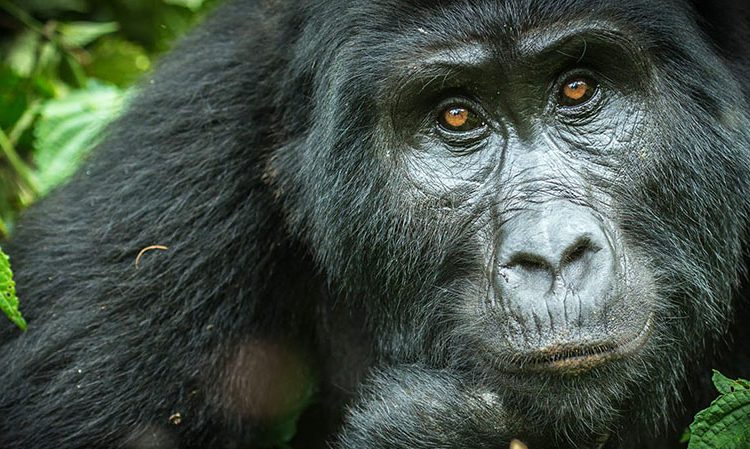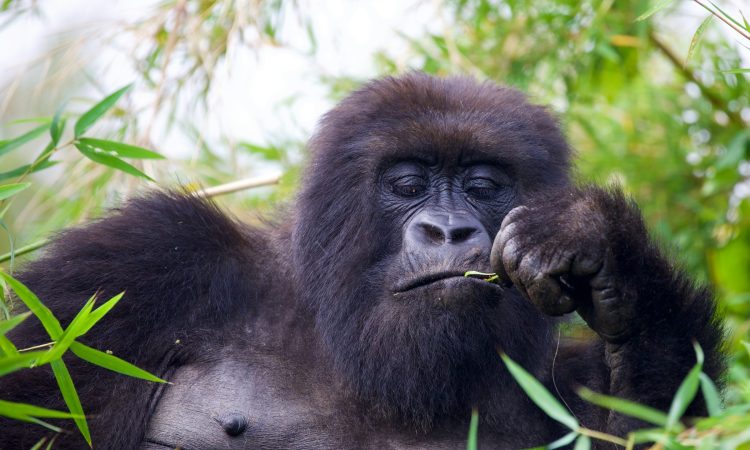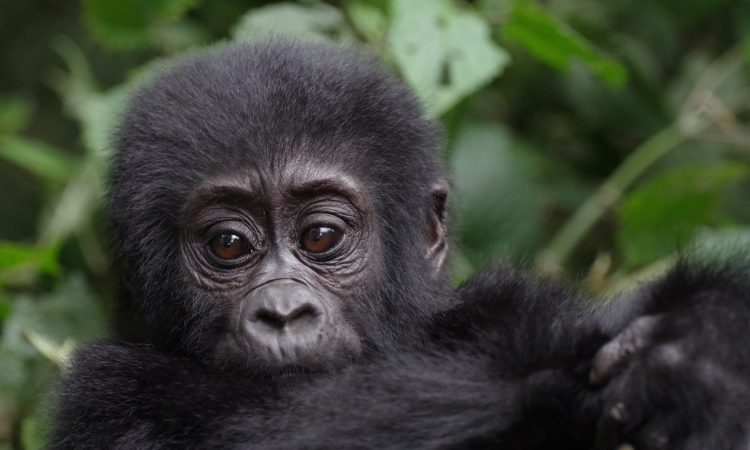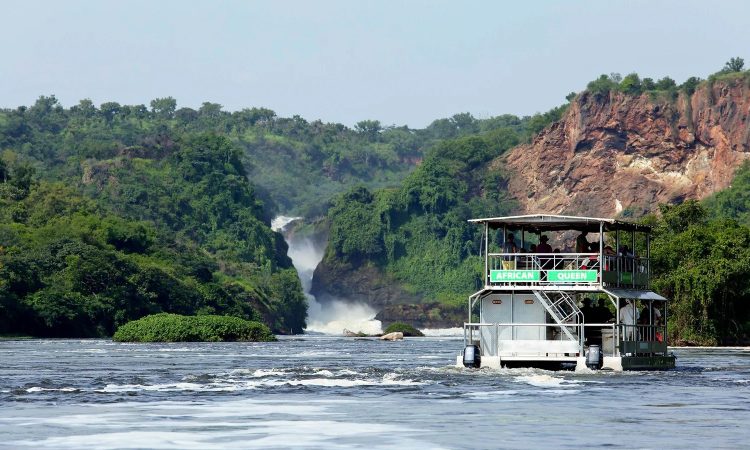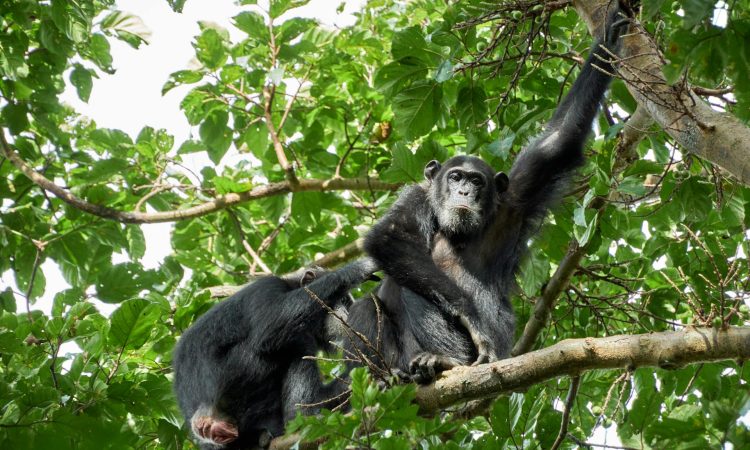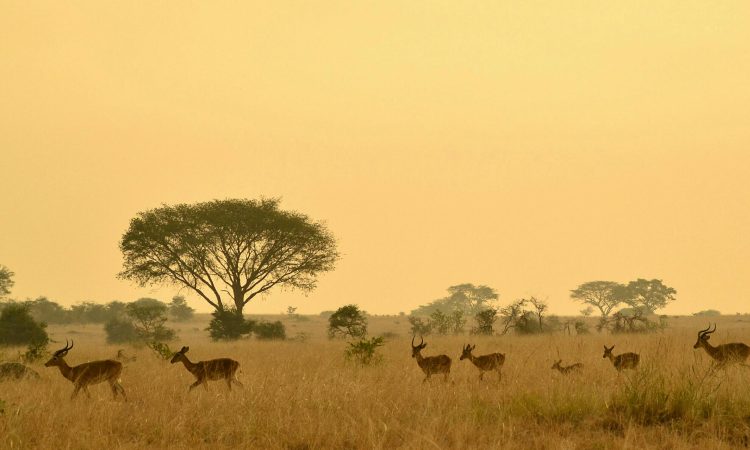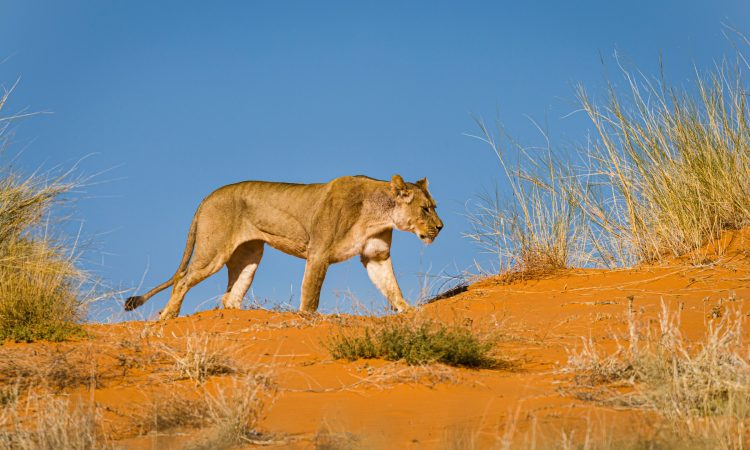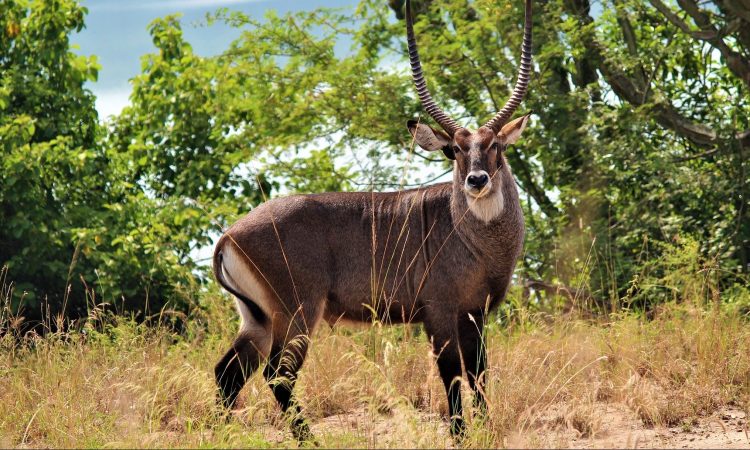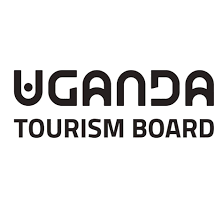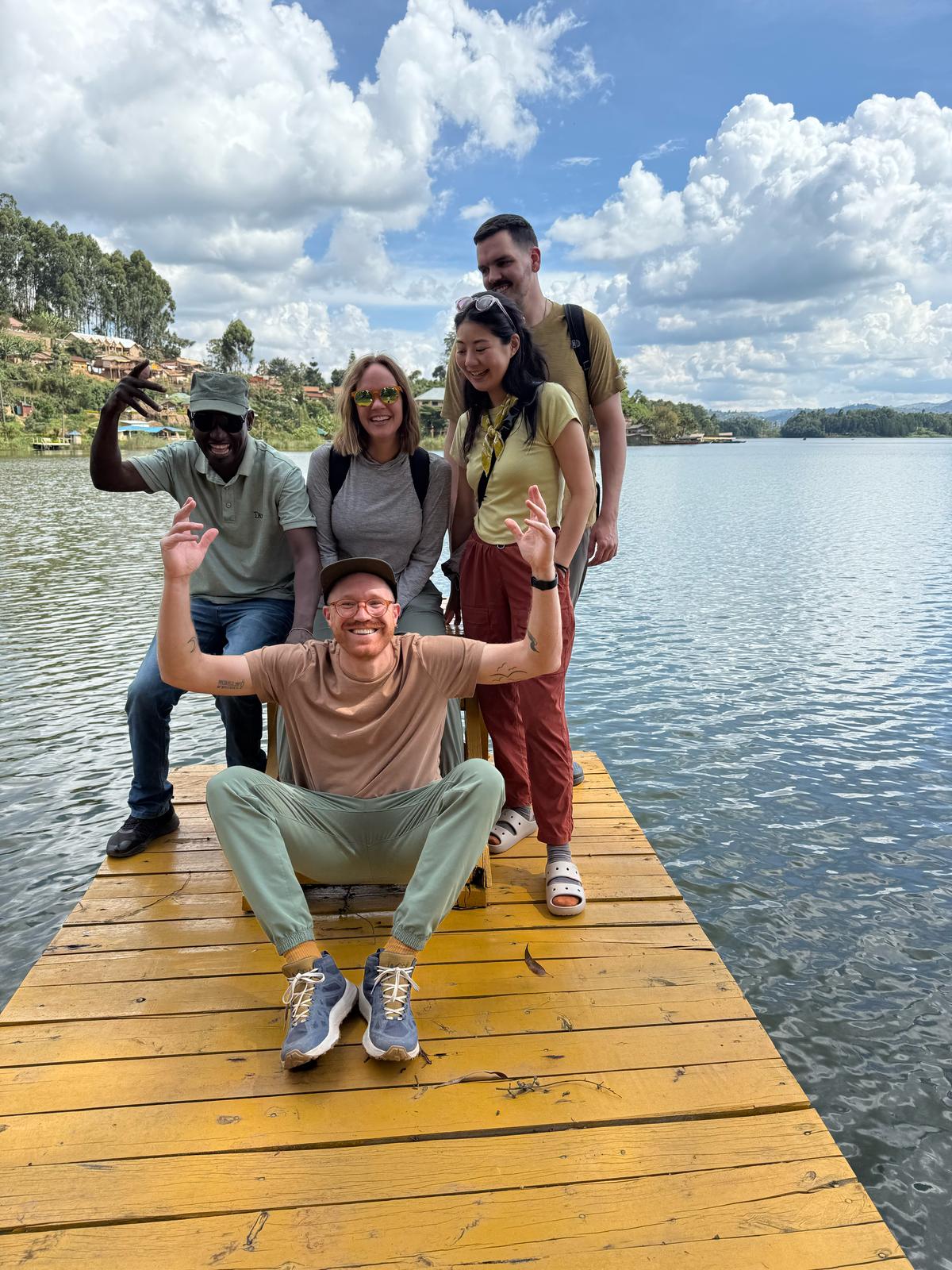Mountain gorilla conservation began with the work of the famous American primatologist Dian Fossey in 1983. She dedicated her life to studying and protecting mountain gorillas, a commitment that sadly led to her death in 1985 in her cabin.
At the time of her death, there were fewer than 300 mountain gorillas left in the world.
However, her work continued, and today, there are more than 1,000 mountain gorillas alive. Many of them can be seen on gorilla trekking tours.
Mountain Gorilla Conservation Methods
- Veterinary medicine and education: Veterinary education programs in universities like Makerere University in Uganda and the Ruth Keesling Wildlife Health and Research Centre have played an important role. These programs help Africans learn about wildlife veterinary care and allow students to research mountain gorillas. Many graduates now work in national parks, including gorilla parks, helping in the care and conservation of mountain gorillas.
- Establishing gorilla rules and regulations: Rules for gorilla trekking, such as not allowing sick tourists to visit, have been very helpful. Mountain gorillas are sensitive to diseases because they do not have strong immunity. Close contact with humans can pass on diseases and put their lives at risk. These rules have helped protect the gorillas.
- Donations to mountain gorilla conservation units: Donating money to groups that protect mountain gorillas is another way to help. These donations support the work of these organizations and help pay for activities that protect gorillas.
- Adding other activities in the park: Tourists can do more than just trek gorillas. Other activities in the park also help local people by encouraging tourists to buy handmade crafts and support development projects. These provide extra income for the communities.
- Fighting poaching and illegal trade: Strict punishments are now given to those who poach gorillas or trade in gorilla meat. Park rangers regularly patrol the gorilla parks, and people caught poaching are arrested. This has helped reduce illegal activities.
- Educating local communities: Some local people harm gorillas because they do not know how important they are. Outreach programs have been created to teach communities about gorillas and how they benefit the area. This has raised awareness and helped protect the animals.
- Organizing or joining fundraising campaigns: You can help by joining or promoting fundraising campaigns. Organizing such events is another way to support efforts to save mountain gorillas.
- Transboundary management: Marking and protecting the borders of gorilla national parks has helped stop people from entering and damaging gorilla habitats. This has helped keep mountain gorillas safe.

